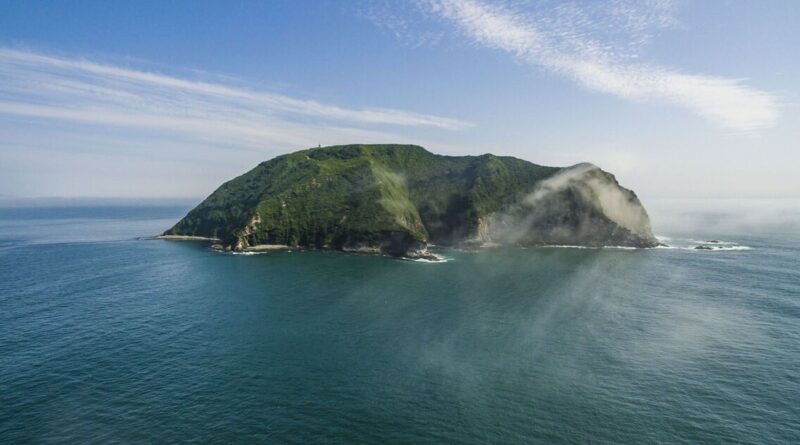The two tiny islands 3 miles apart but separated by 21-hour time difference | World | News
Located just three miles apart from each other, the two remote islands of Big Diomede and Little Diomede are divided by two time zones. The two islands, Big Diomede (Russia) and Little Diomede (USA), are located in the middle of the Bering Strait between Alaska and Siberia.
Though they sit just 3 miles (4.8 km) apart, they are separated by the International Date Line, which creates a 21-hour time difference between them — making them one of the most fascinating geopolitical quirks on Earth. Big Diomede is often called Tomorrow Island because it’s nearly a full day ahead, while Little Diomede is dubbed Yesterday Island — you can literally look across the water and see into the future.
Big Diomede is a remote, rugged island located in the Bering Strait, off the coast of eastern Russia. During the Cold War, Big Diomede served as a strategic military outpost for the Soviet Union, while its nearby counterpart, Little Diomede, remained a quiet Inuit village under US jurisdiction.
Little Diomede is home to a small community of around 80 residents, most of whom are Inupiat Inuit and live in the island’s only settlement, the village of Diomede.
This village clings to the rocky western shore, facing its Russian counterpart, Big Diomede, across the icy waters.
Due to its isolation and harsh weather conditions, the island has no roads or ports and is accessible only by helicopter or boat when the weather allows.
In winter, when sea ice makes travel even more difficult, supplies and services are sometimes delivered by airlift, highlighting the community’s resilience in one of the most secluded corners of the United States.
The residents of Little Diomede lead a subsistence lifestyle, depending on traditional practices such as hunting, fishing, and gathering to sustain themselves in the island’s harsh environment.
The terrain is rugged and steep, with homes clustered along rocky slopes that face the icy waters of the Bering Strait. During winter, the sea surrounding the island freezes over, intensifying its isolation and making access even more difficult.
However, this frozen expanse has historically served as a natural bridge, enabling travel and trade with neighbouring communities — including, at times, those across the international border on Big Diomede.





